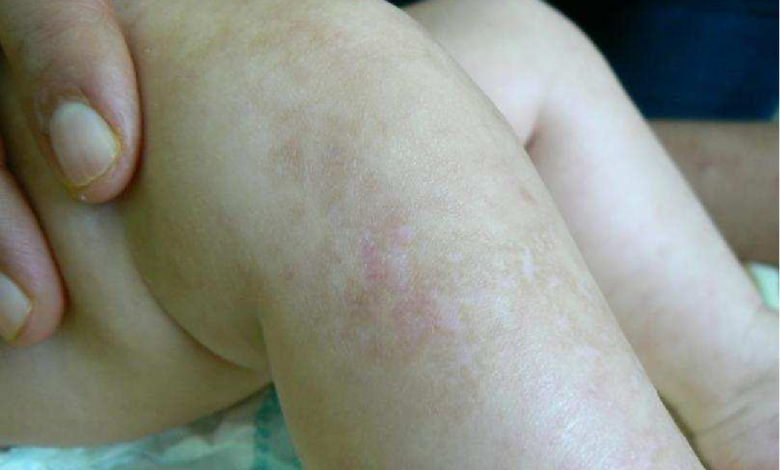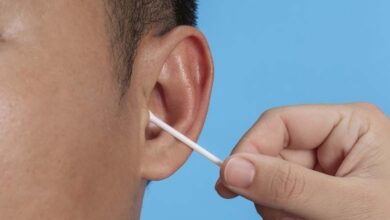Incontinentia Pigmenti – symptoms, diagnosis, treatment of this genetic disease

Incontinentia Pigmenti (PI) is a rare and relatively unknown genetic disorder. It is an orphan disease. It affects the skin, teeth, eyes and the central nervous system. Thus, it is a dominant hereditary disorder. It occurs mainly in girls and is usually lethal in boys. Its name is derived from abnormalities seen on the skin during microscopic examination.
It is usually a four-stage disease. The duration of the different steps varies from person to person, and different types of lesions may coexist.
1. What are the symptoms of Incontinentia Pigmenti?
Incontinentia Pigmenti begins as a rash that usually appears along the lines of Blaschko. These lines are nonrandom, normally invisible skin patterns on the skin, but (extremely rarely) can become visible in humans. Marblings and characteristic patterns then appear on the skin. These lines correspond to the migration of embryonic skin cells.
The first stage is characterized by vesicular lesions. Vesicles are small peels in the skin that contain a drop of fluid. This gives the impression of a small bubble resting on the skin. This blister is usually soft and somewhat shiny. These are often scratching injuries. The rash is usually absent at birth and appears within hours to the first few days of life. This phase usually subsides before the child is 18 months old.
The second stage is characterized by the development of warts that follow Blaschko lines. This stage usually subsides within a few months. This stage may include nail dystrophy and tooth eruption abnormalities.
The third stage is pigmented and gives the disease its name. This stage is characterized by brown or light gray hyperpigmentation. It takes on a whirlwind appearance on the body and lines on the limbs. This hyperpigmentation is not present at birth but occurs at about age 6 months to a year. This discoloration fades in the second year.
The fourth stage is characterized by hypopigmentation and alopecia (hair loss from any part of the body) that is linearly arranged, particularly at the extremities and scalp. These alopecias may be a scarring that occurs after a bullous eruption. These areas may be small and not very visible. Hair is usually thin and sparse, as are eyelashes and eyebrows.
2. What causes Incontinentia Pigmenti?
Incontinentia Pigmenti is caused by a mutation in the NEMO (Xq28) gene. This gene is located on the X chromosome, so girls are more affected. Disease transmission is dominant.
The mutation, which varies in size (that is, the gene is more or less damaged), affects the production of the protein in that gene that is involved as a regulator of the system called NF-kB. The precise operation of this system is not well known.
Because the X chromosome is inactivated in women, tissues are affected randomly. Prenatal diagnosis can detect the disorder but not predict its severity. The latter may vary greatly from one individual to another.
3. What are the tests for the diagnosis of Incontinentia Pigmenti?
Skin examination is diagnostic. Blisters and pustules similar to those of chickenpox appear early on in the newborn’s skin.
4. What are the treatments for Incontinentia Pigmenti?
Treatment of Incontinentia Pigmenti is mainly supportive. Usually, the disorder is followed by a dermatologist, although it still requires multidisciplinary follow-up.
Thus, dermatologic management is mainly symptomatic. Dermocorticoids may try to control an inflammatory phase if it is large and disabling.
Laser treatment of hyperpigmented lesions has been tried before, but this treatment has resulted in a recurrence of inflammatory flare-ups. This treatment should therefore be avoided. However, a photo protection is recommended.
It should be noted that the skin lesions spontaneously regress.
Dermatologic monitoring is important and regular in the first months of life: once a month for 6 months and then twice a year for up to 5 years. Of course, this follow-up is adapted to each patient.
The disease may also require ophthalmologic, neurologic, and dental follow-up.












